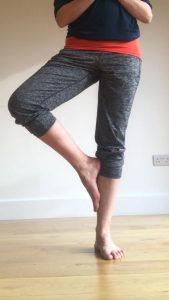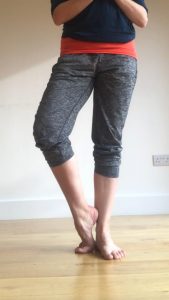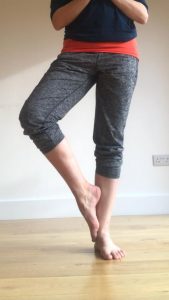The beginning of Chiropractic
It has been suggested that Chiropractic as a profession began in 1895 when its founder, Daniel David Palmer, “adjusted” the spine of a deaf janitor and claimed to restore his hearing.
Spinal manipulation was not an unknown treatment in 1895, and Palmer had suggested that it appeared to have been used for maybe hundred or even thousands of years. In fact, Hippocrates was reported to have once said, “Get knowledge of the spine, for this is the requisite for many diseases.” However, up until the late 19th century no one had developed a philosophical or scientific rationale to explain the effects of spinal manipulation.
Palmer soon discovered that adjustments could relieve patients’ pain and other symptoms. These problems with vertebrae have been called chiropractic subluxations. He began to use these “hand treatments” to treat a variety of ailments, including sciatica, migraine headaches, stomach complaints, epilepsy, and heart trouble. In 1898, he opened the Palmer School & Infirmary of Chiropractic in Davenport, Iowa, and began teaching his chiropractic techniques to others.
Chiropractic in the 21st century
Chiropractors use a range of techniques to reduce pain, improve function and increase mobility, including hands-on manipulation of the spine. As well as manual treatment, chiropractors are able to offer a package of care which includes advice on self-help, therapeutic exercises and lifestyle changes.
Chiropractic treatment involves safe, often gentle, specific spinal manipulation to free joints in the spine or other areas of the body that are not moving properly. Apart from manipulation, chiropractors may use a variety of techniques including ice, heat, ultrasound, exercise and acupuncture as well as advice about posture and lifestyle.
Chiropractic at Durham House.
Chiropractic treatment can benefit you in ways you might never expect. And while most people pop into their chiropractor’s office for the first time to relieve pain in their back or neck, they keep returning even after the pain is gone because of the amazing benefits.
A healthy immune system should be able to fight off most of the bacteria and viruses that it comes into contact with, with only minimal assistance from antibiotics or other drugs. Because the nervous system controls the functions of cells, organs and tissues of the body, a misalignment has been found to reduce the ability of the immune system. Chiropractic care can realign the spine, freeing up the immune system to fight off intruders. Studies show that people who practice chiropractic maintenance have fewer colds than others.
The nerves that run through the spine also control your stomach and its functions. If the vertebrae in this area are improperly aligned, the nerves can begin signaling a need for more acid production, resulting in gas, heartburn, and acid reflux. A chiropractic adjustment is believe to help the nerves in the thoracic spine work properly; the end result is frequently the elimination of stomach problems.
In addition, Chiropractic adjustments have been found to help increase your energy. It’s able to do this in two ways: by reducing tension in the spine and by freeing the nerves to work more effectively. Many times we’ve been sore and tense for so long that we don’t even notice it. Pain becomes normal to us. As our bodies struggle with muscle aches and pains and an ineffective nervous system, we find ourselves feeling run down and tired. Chiropractic adjustments remove all the pressure, freeing the body to run as it was designed to.
In addition, a study performed by WebMD concluded that a chiropractic adjustment that specifically targets the nerves in the upper neck is as effective as taking a double dose of blood pressure medications. This specific manipulation is referred to in chiropractic circles as the “Atlas adjustment,” and is known to have stabilizing effects on blood pressure.
Finally, it has been suggested to help you breathe better. The lungs are just like every other part of the body in that they rely on nerve function to travel unimpeded from the brain to the spiral cord. A misalignment in the thoracic and mid-cervical regions of the spine can lead to lung abnormalities like asthma. Correcting subluxations can help reduce inflammation in the lungs and increase our ability to breathe properly.
The Era of Opportunity for Chiropractic Care.
Just within the last few years, spinal manipulation and/or chiropractic care has been recommended as the first line of defense in pain management by the American College of Physicians guideline on low back pain, the FDA’s Education Blueprint for Health Care Providers Involved in the Management or Support of Patients with Pain, and The Joint Commission’s new and revised pain assessment and management standards for its accredited hospitals.
In addition, it is becoming more and more common for our sports heroes to mention that value they place on chiropractic care. Doctors of chiropractic are now regularly included as treating physicians at the Olympic games,
Furthermore, Chiropractic stands to be seen as both preventative and reactive as we encourage more and more of the population to seek regular check ups on their spine.
The team at Durham House are highly qualified and work with patients to increase overall spinal health. If you are interested in relieving stress, increasing posture or mood, or having better sleep, find out more via www.durhamhousechiropractic.co.uk and book your free chiropractic exam and diagnosis.

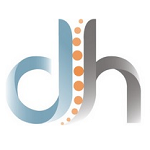
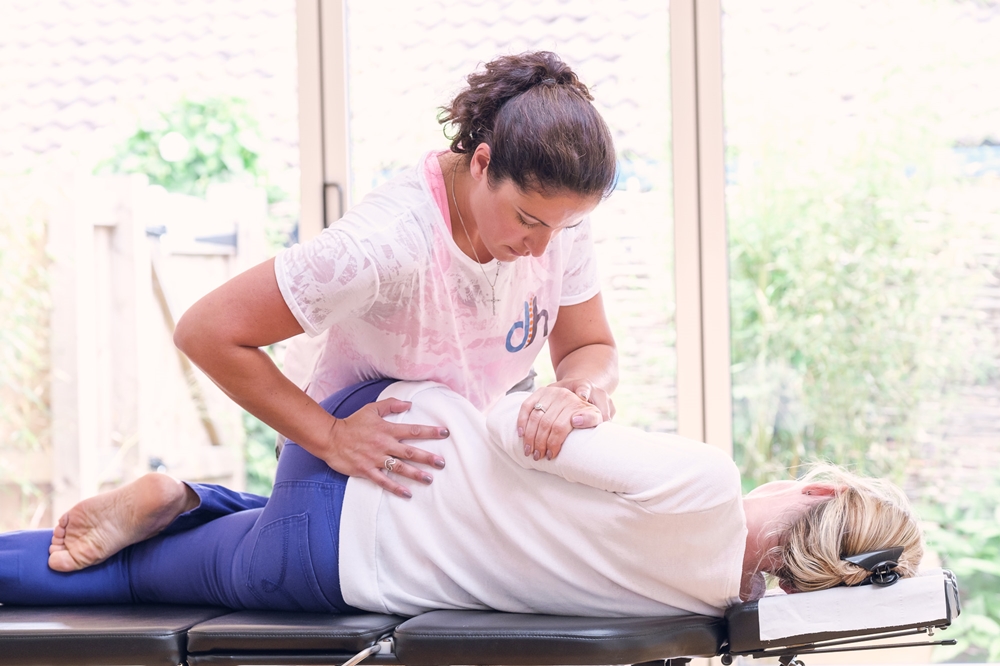
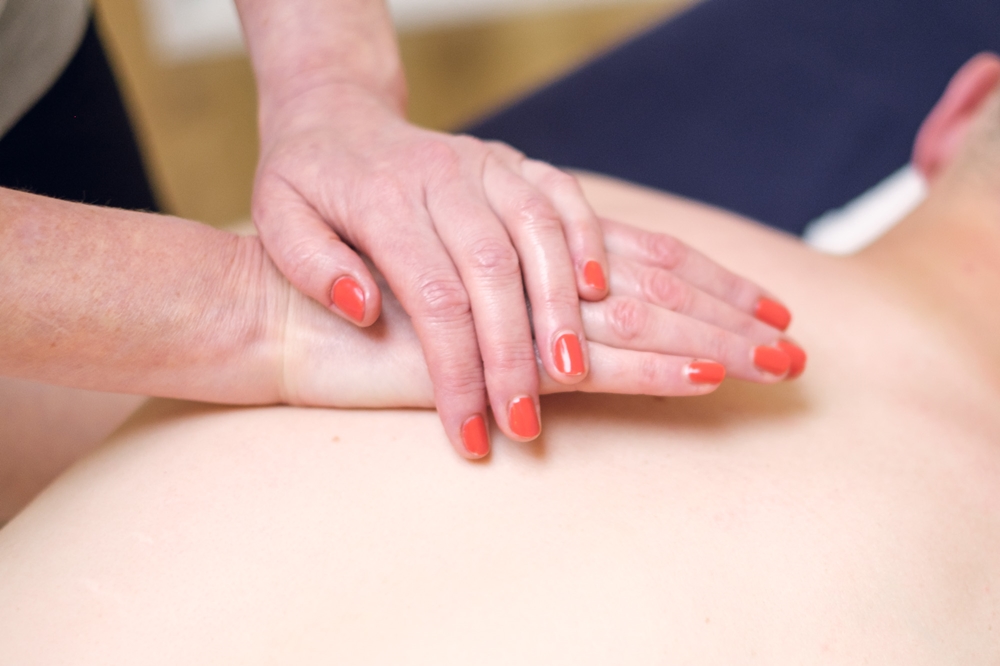
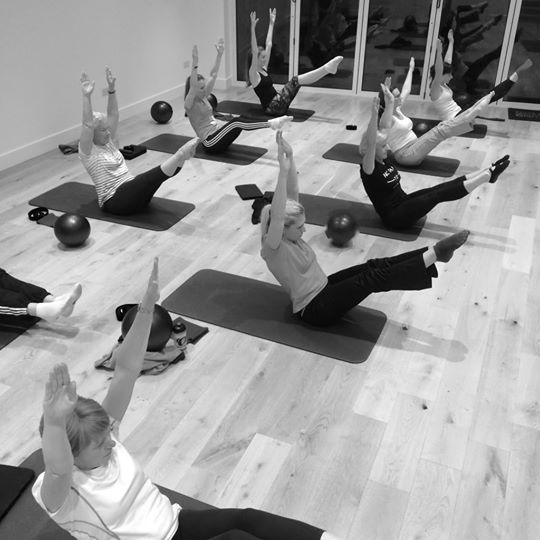
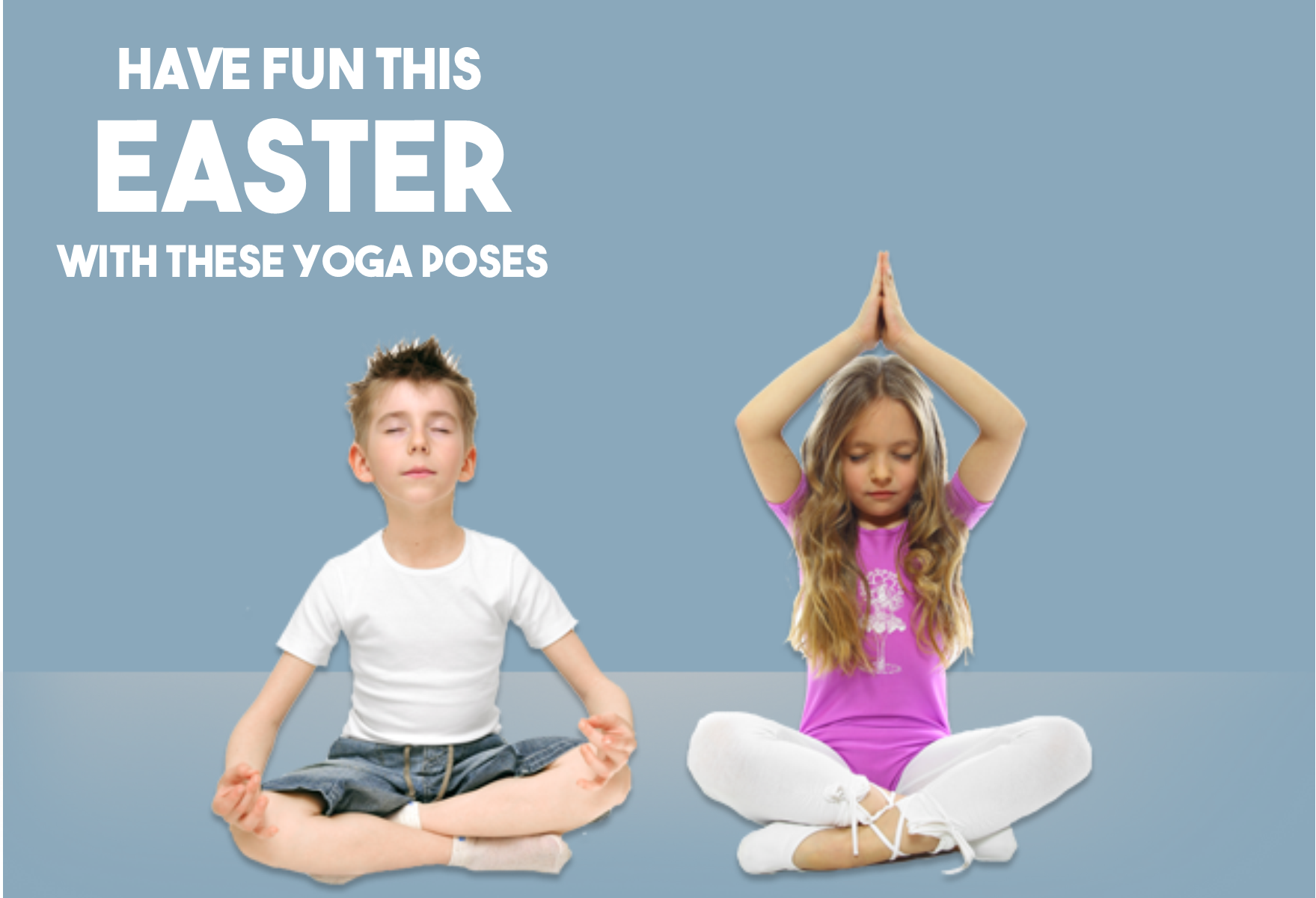
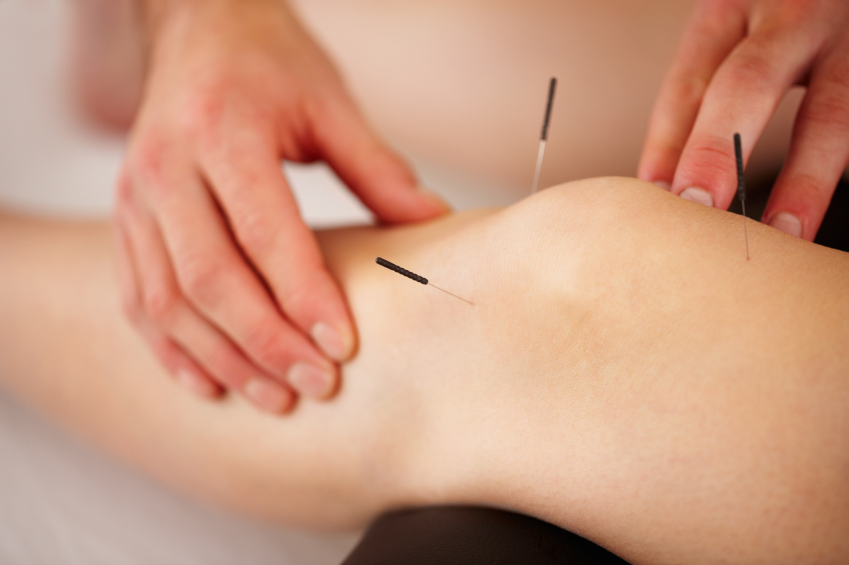
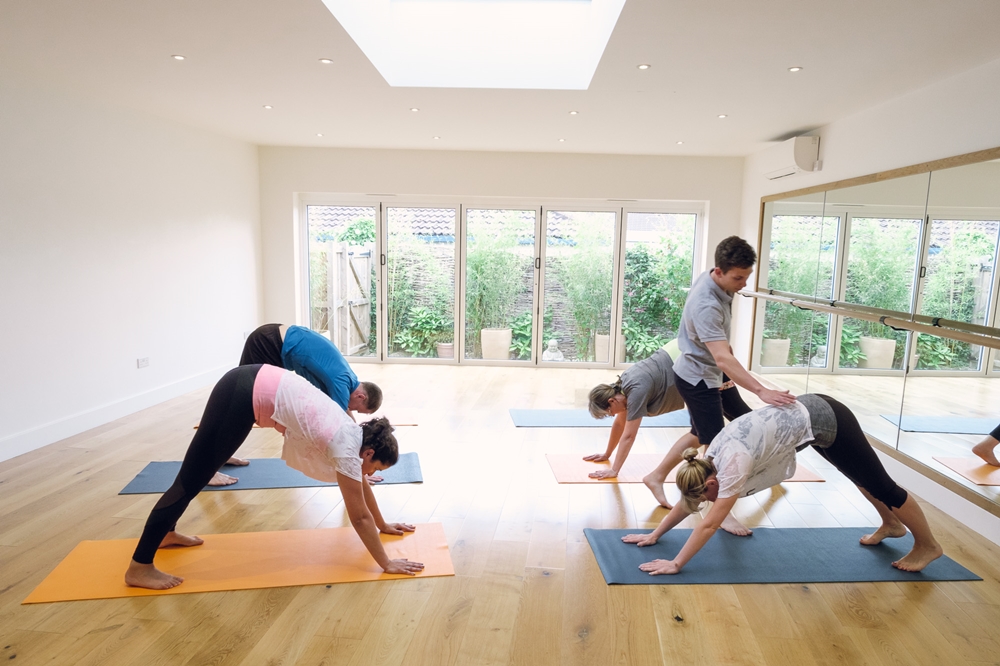
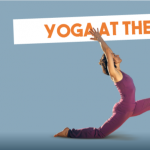
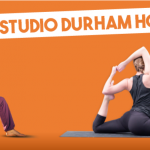
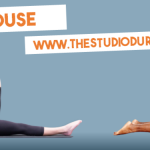
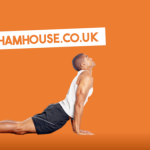

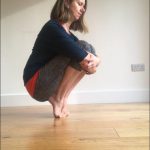 There are different variations of this asana. In the most commonly described version, the body balances on the toes with the heels lifted, then one leg is lifted and taken into lotus pose with the palms brought together in front of the heart.
There are different variations of this asana. In the most commonly described version, the body balances on the toes with the heels lifted, then one leg is lifted and taken into lotus pose with the palms brought together in front of the heart.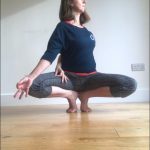 In another variation of prapadasana, both feet remain on the ground and the hips simply rest on the heels as the yogi balances on the toes. The hands may be brought into prayer position then lifted over the head. The knees can be kept together or taken wide apart.
In another variation of prapadasana, both feet remain on the ground and the hips simply rest on the heels as the yogi balances on the toes. The hands may be brought into prayer position then lifted over the head. The knees can be kept together or taken wide apart.
